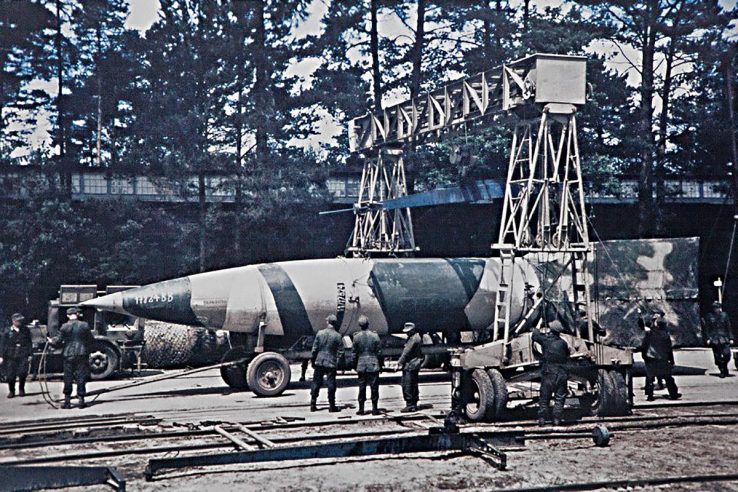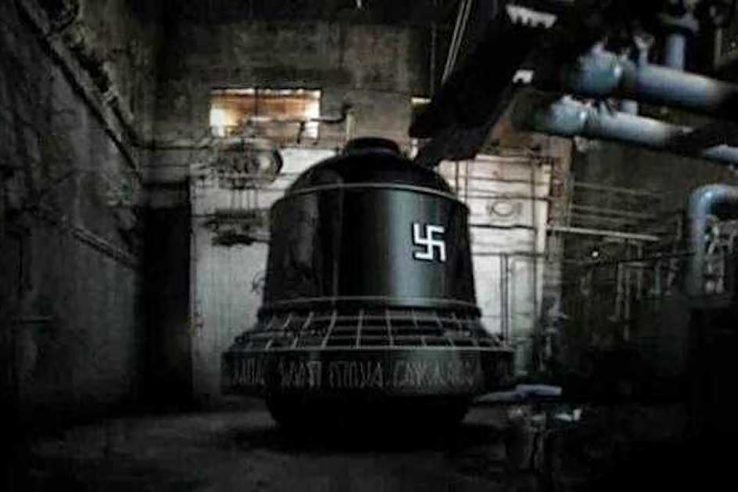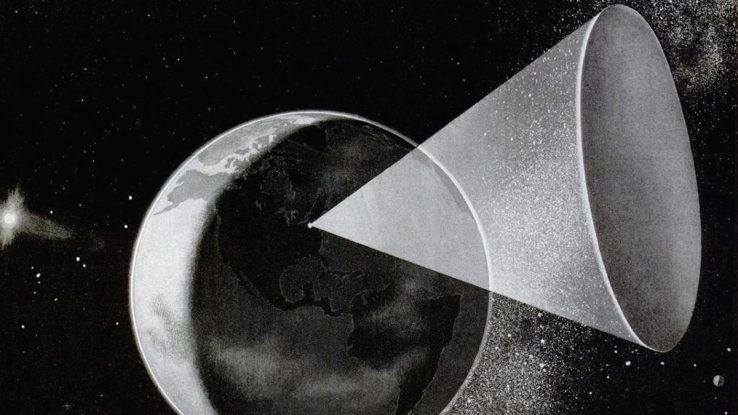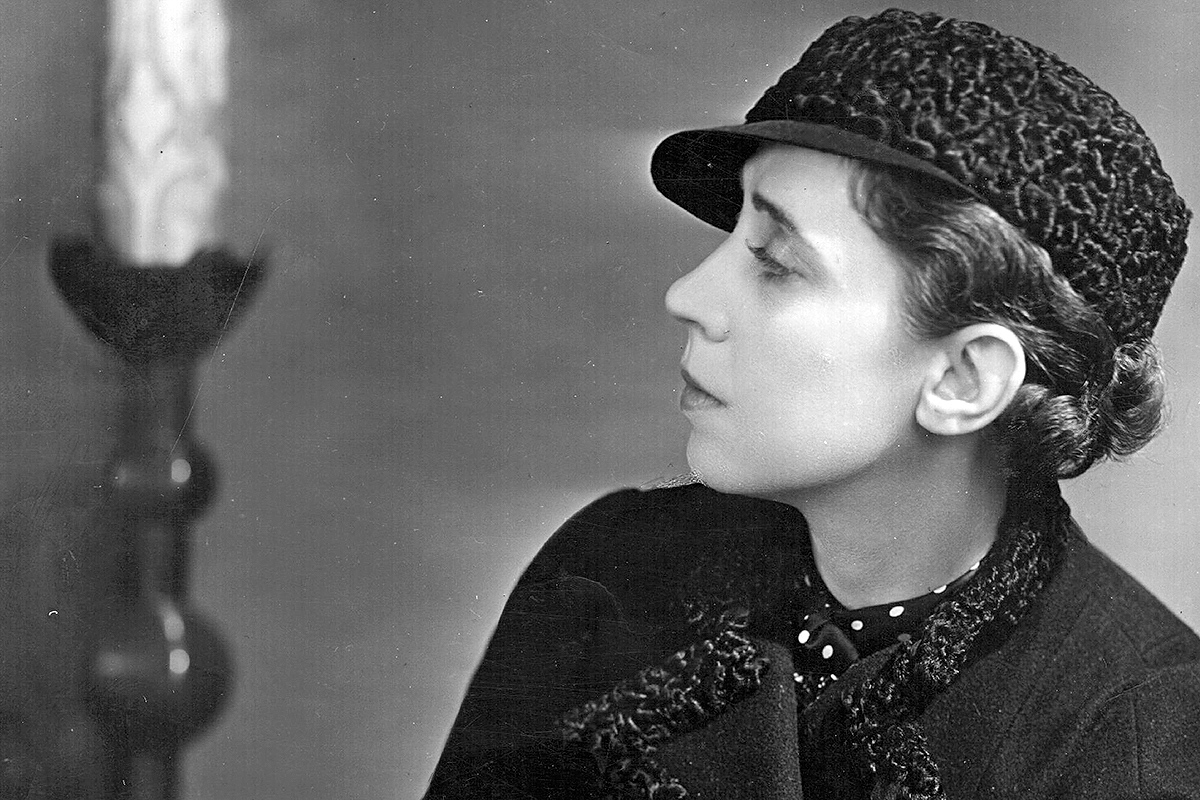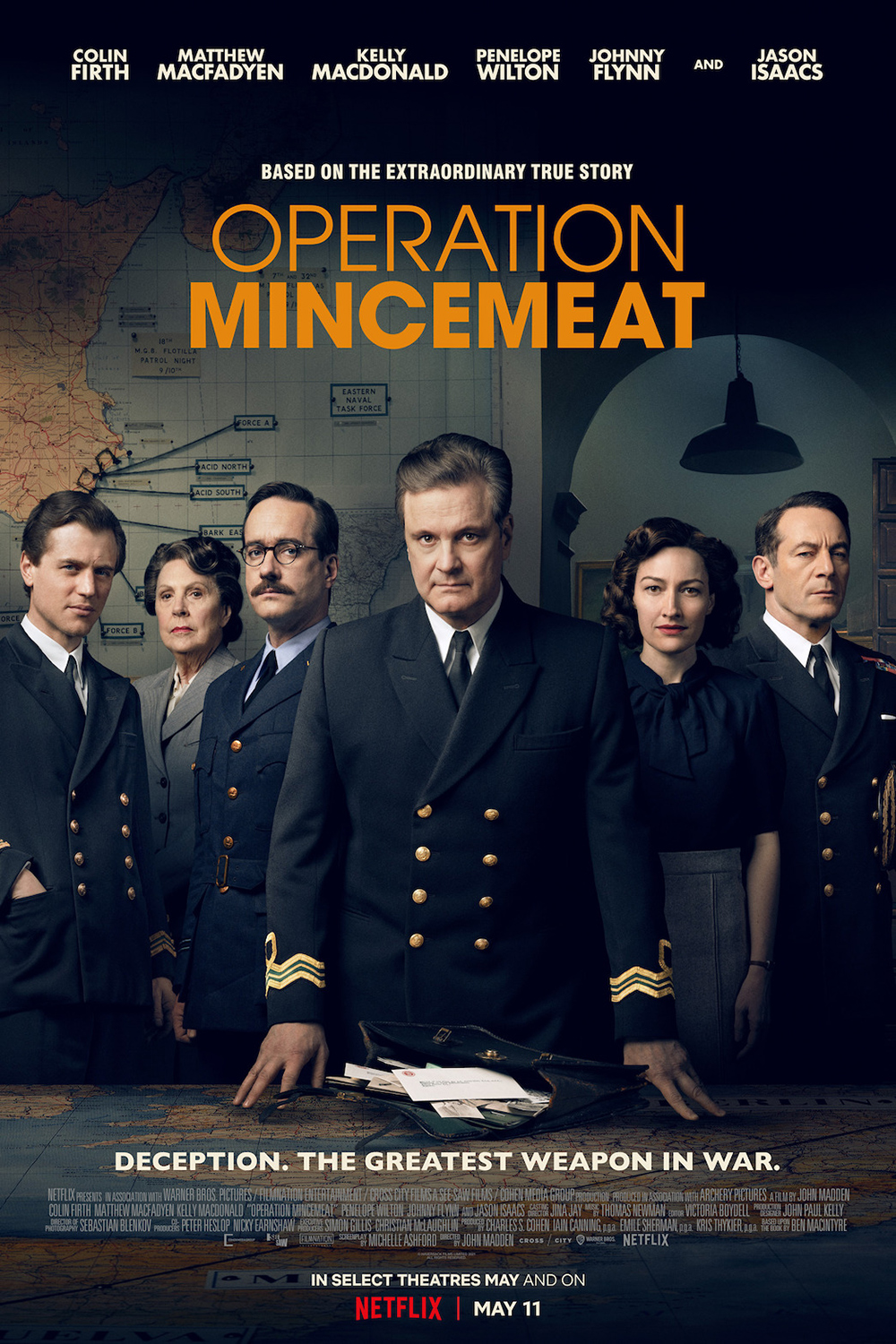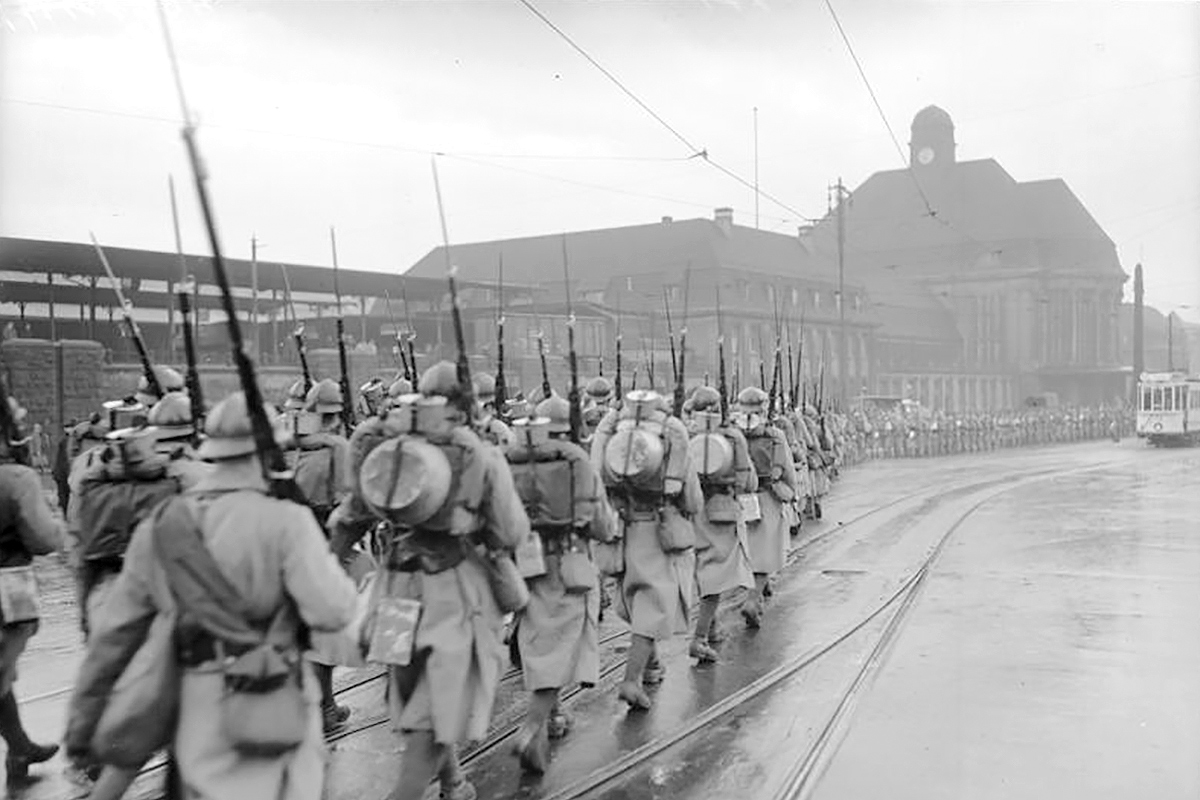As the Allies closed in on Hitler’s Germany in late 1944 and early 1945, a desperate Nazi regime turned to “wonder weapons” in a final effort to turn the tide in the war.
The best-known as the V-1 and V-2 rockets, which rained down on London by the hundreds but failed to demoralize the British. Others, such as the V-3 cannon and Schwerer Gustav railway gun, were barely used. Others yet, like the German atomic bomb and Die Glocke, either barely advanced beyond the drawing board or never existed at all.
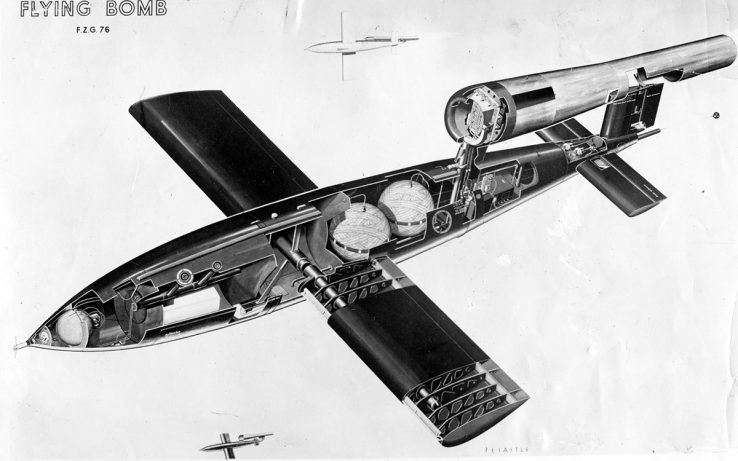
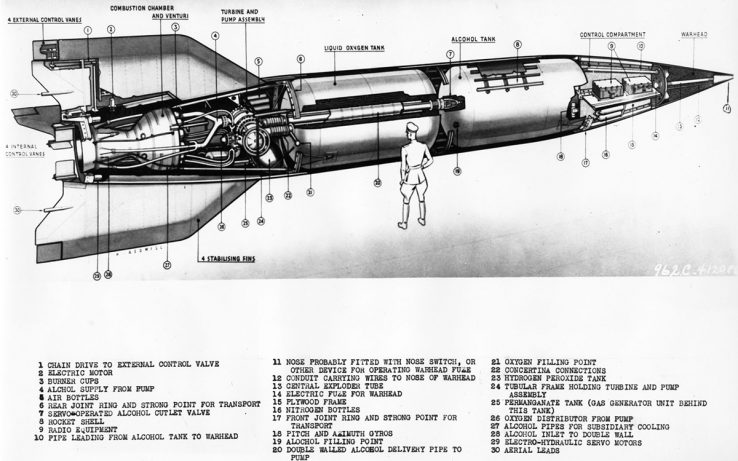
V-1 and V-2
The V-1 flying bomb and V-2 rocket (also known as the A4 in the Aggregat series) were the two best-known Vergeltungswaffen.
V-1s were hurled at London from France. The V-2 was launched from Holland. It was the first successful long-range guided ballistic missile.
Both were developed at Peenemünde under Walter Dornberger and Wernher von Braun. Neither was successful in its aim: to demoralize the British.
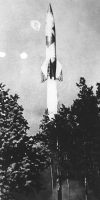
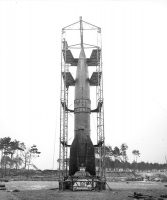
A9/A10
The A9/A10 Amerika Rakete would have been at least twice the size of the V-2. Because engineers feared existing guidance systems would not be accurate enough over long distances, it was decided to make the A9 piloted. (The A10 was the booster rocket.)
Popular Science reported in October 1947 that German “robot missiles and piloted rocket bombers” would have been hurling across the Atlantic if the invasion of Europe had been delayed by as few as six months. “Rocket bombing of New York was scheduled for early 1946.”
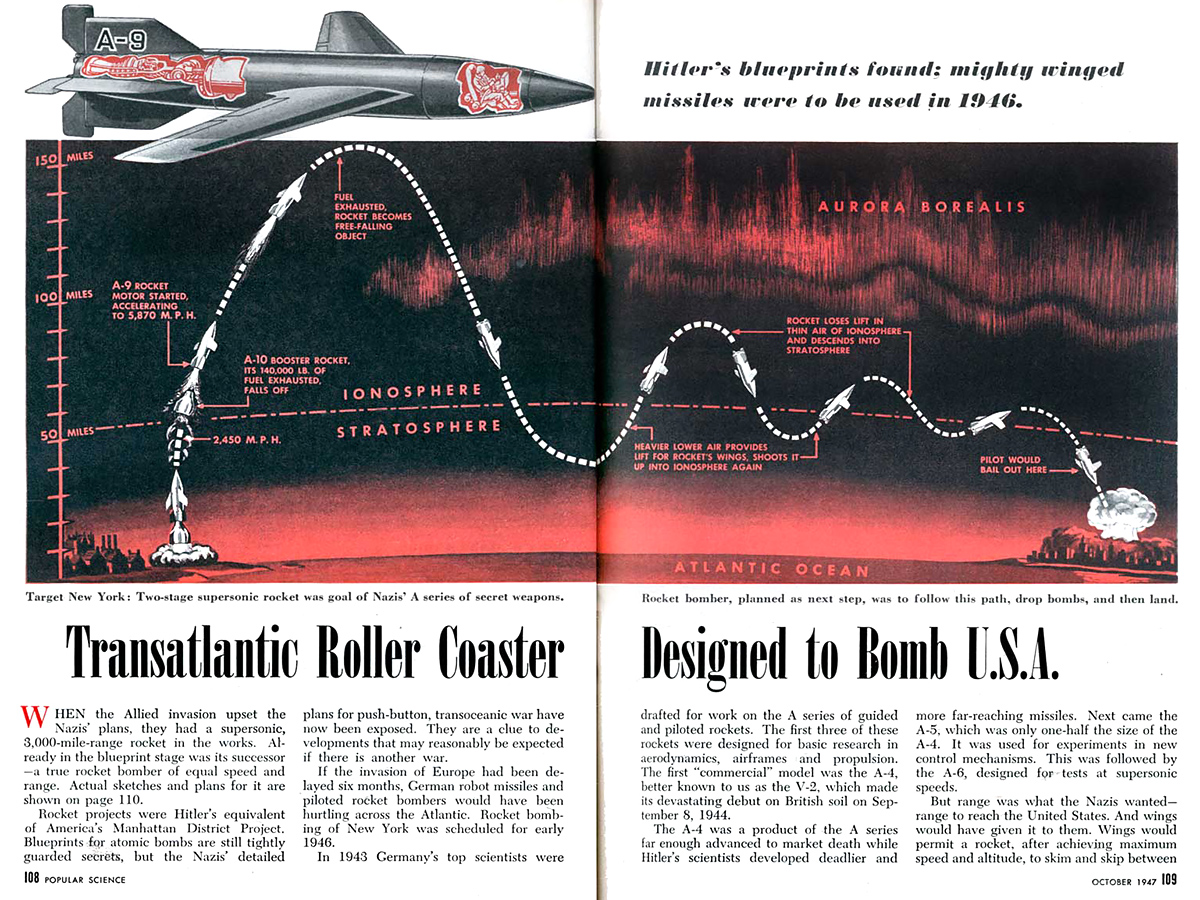
V-3 cannon
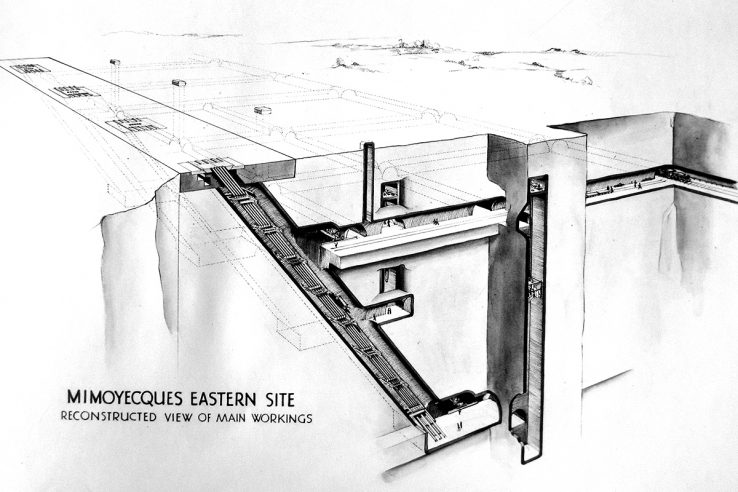
The V-3 was a supergun designed to hit London from across the Channel. Attempts to build an underground bunker for the weapons, in what is now called the Fortress of Mimoyecques, were thwarted by the Royal Air Force.
Smaller versions of the weapons, sited at Lampaden in southwest Germany, were used during the Battle of the Bulge.
Uraniumbombe
Most historians believe the German atomic bomb project was a failure, but Geoffrey Michael Brooks and Rainer Karlsch claim in Hitler’s Terror Weapons (2002) and Hitler’s Bomb (2005), respectively, that a team led by Kurt Diebner managed to detonate a nuclear device near Ohrdruf in Thuringia in March 1945.
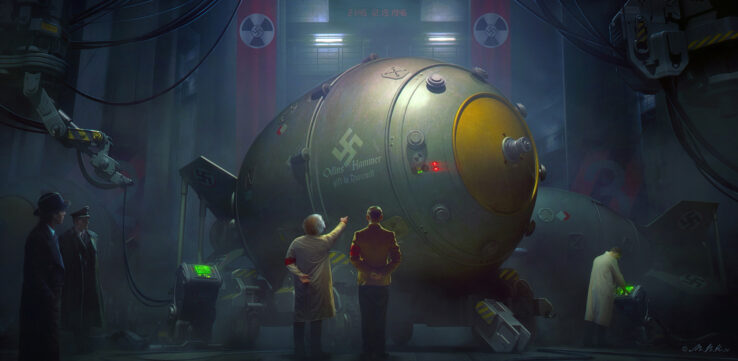
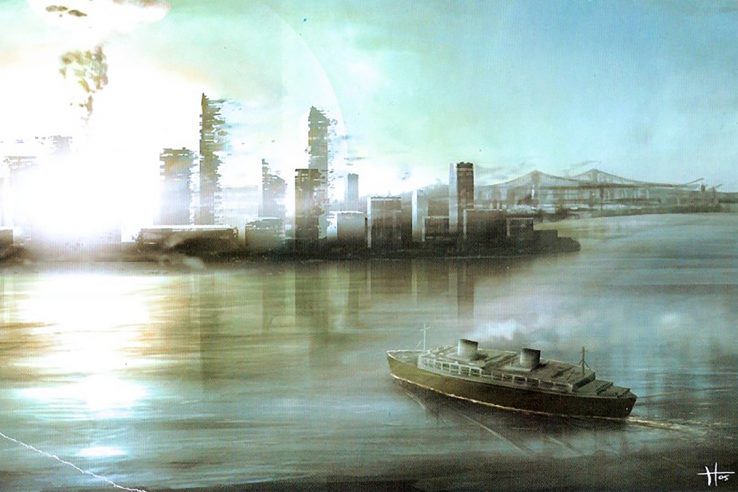

Brooks speculates that the Ardennes Offensive was driven by Germany’s need to maintain launch sites for V-2 rockets in the Low Countries that could target London. The idea was to equip the rockets with uranium bombs and try to force the British out of the war at the last moment.
Karl-Gerät and Schwerer Gustav
The Karl-Gerät and Schwerer Gustav were both designed to break the French Maginot Line. When it turned out they weren’t needed (German troops circumvented the Maginot Line), they were sent to the Eastern Front. Both were used during the Battle of Sevastopol. Karl-Gerät bombarded Polish resistance fighters in Warsaw in 1944.
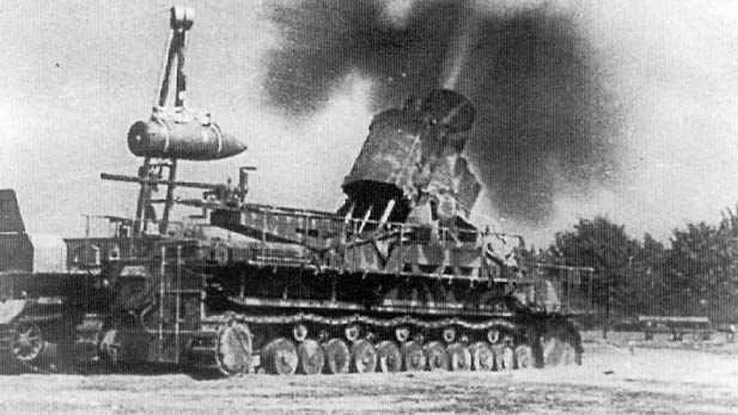
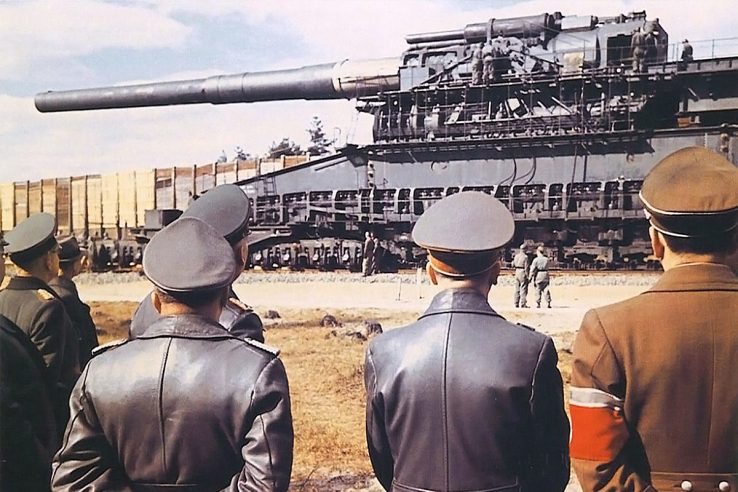
Karl was the largest self-propelled mortar ever deployed, Gustav the largest piece of artillery ever used in war.
A second version of Gustav, called Dora, was built. It briefly saw action in Stalingrad, but, like the other two guns, it just wasn’t very practical.

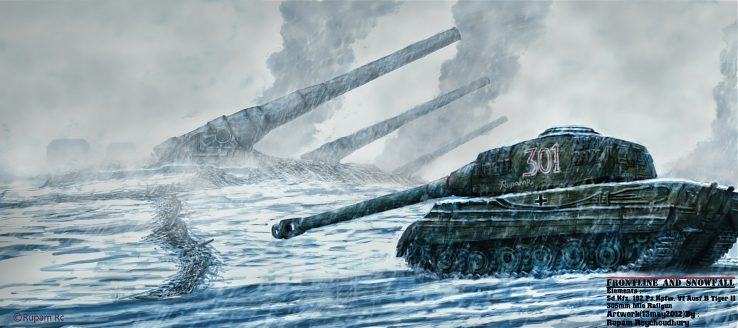
An abandoned Gustav can be seen in Stuart Jennett’s concept art for the horror movie Panzer 88, which appears to have been canceled.
Japanese concept artist Rupam Raaj J. has created his own version.
Landkreuzern
The Landkreuzer (“Land Cruiser”) was a self-propelled platform for Gustav, which could otherwise only be mounted on trains. Hitler was keen on the idea. His more sober-minded armaments minister, Albert Speer, canceled the project in 1943, seeing how it was completely impractical.
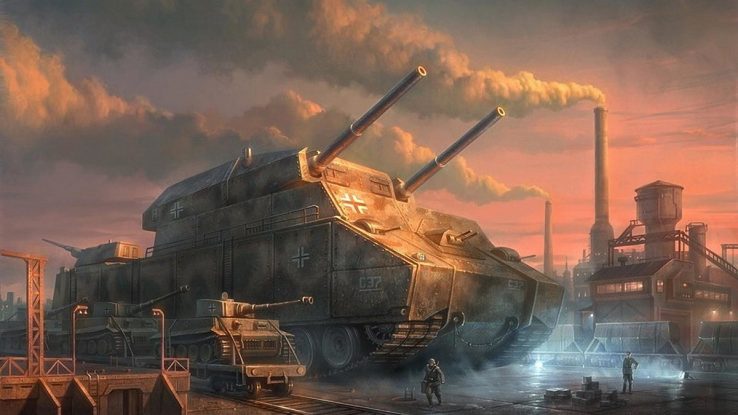
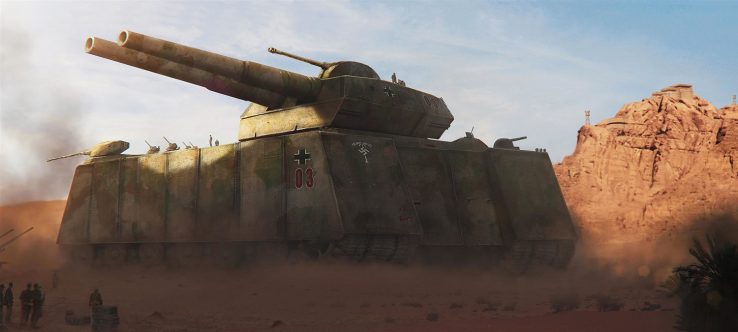
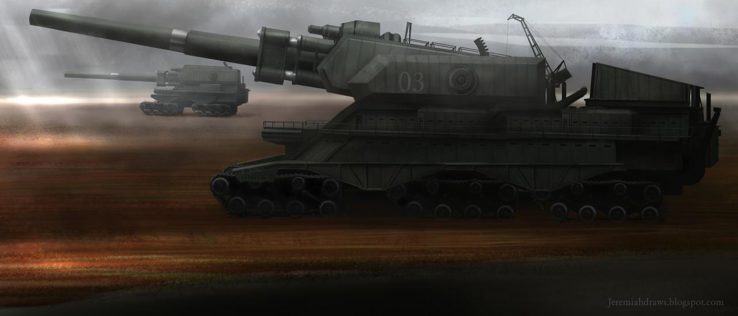
The Monster, for its part, was a bigger version of the proposed Landkreuzer P. 1000 Ratte, another Hitler favorite that Speer realized was nuts.
The enormous Hydra tank in Captain America: The First Avenger (2011) was inspired by the Ratte.

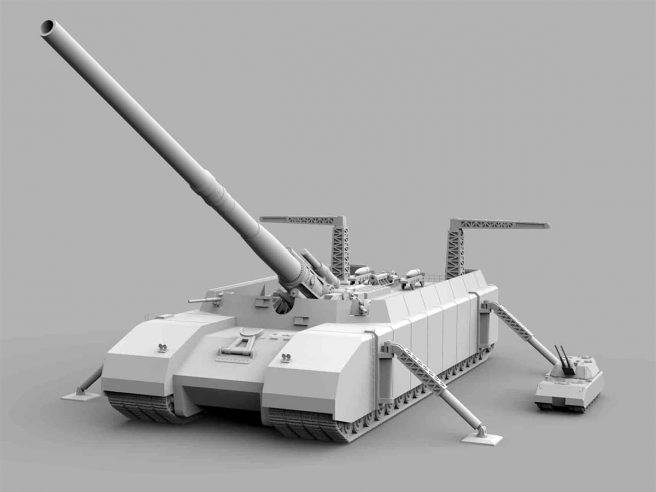
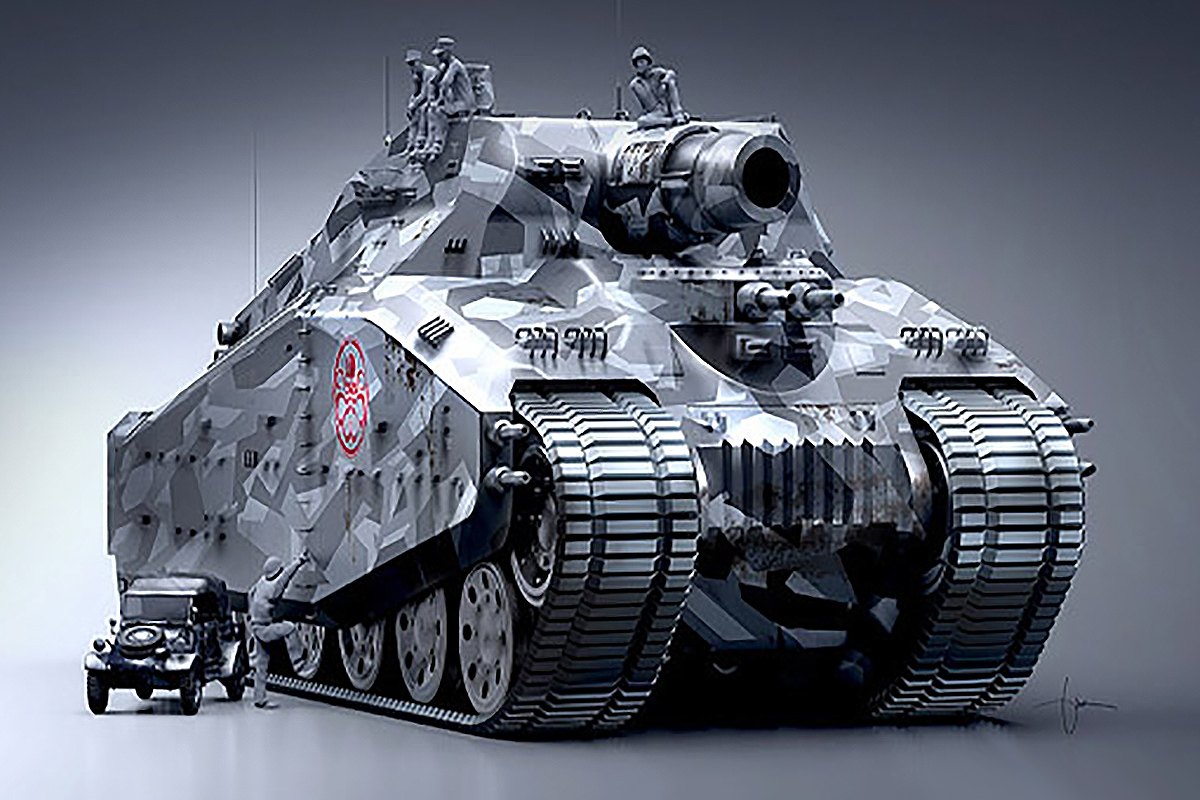
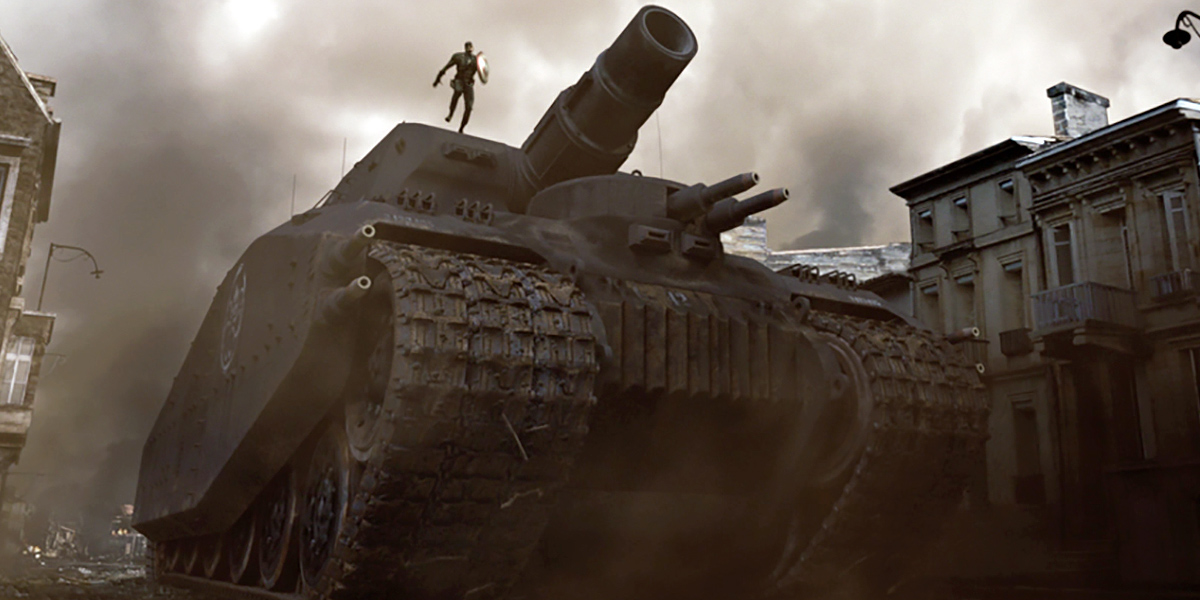
The Bell
Die Glocke (“The Bell”) is an alleged Nazi anti-gravity project. It was popularized by the Polish journalist Igor Witkowski and investigated by the British military journalist Nick Cook. Neither was able to produce evidence to substantiate the outlandish claims made about it.
The story is that the Nazis built the Bell in a giant underground factory in Lower Silesia known as Riese. When powered by red mercury, it would kill everything within a 150- to 200-meter radius.
Conspiracy theories usually tie the Bell to Nazi occultism. The Bell myth inspired the 2008 horror movie Outpost.
Sun gun
Life magazine reported in July 1945 that German scientists had designed a “sun gun”. They calculated that a huge mirror in space, made of metallic sodium, could produce enough heat to burn a city or boil part of an ocean.
Needless to say, this wasn’t something the Nazis could build.

